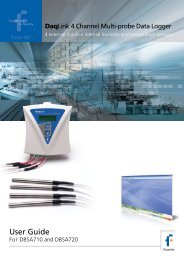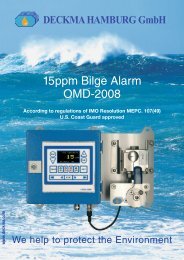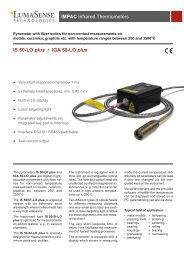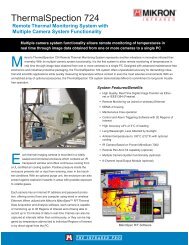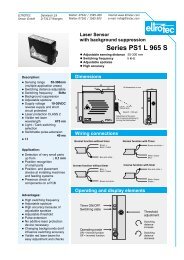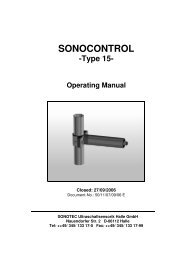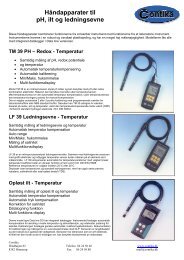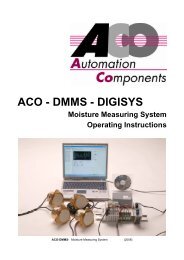MEPC 49/22/Add.2 ANNEX 13 RESOLUTION MEPC.107(49 ... - Bimco
MEPC 49/22/Add.2 ANNEX 13 RESOLUTION MEPC.107(49 ... - Bimco
MEPC 49/22/Add.2 ANNEX 13 RESOLUTION MEPC.107(49 ... - Bimco
- No tags were found...
You also want an ePaper? Increase the reach of your titles
YUMPU automatically turns print PDFs into web optimized ePapers that Google loves.
<strong>MEPC</strong> <strong>49</strong>/<strong>22</strong>/<strong>Add.2</strong><strong>ANNEX</strong> <strong>13</strong>Page <strong>22</strong>PART 3 - SPECIFICATIONS FOR ENVIRONMENTAL TESTING FOR TYPEAPPROVAL OF POLLUTION PREVENTION EQUIPMENT3.1 GeneralThe specifications for environmental testing for type approval relate to the electrical andelectronic sections of:.1 15 ppm Bilge Separator; and.2 15 ppm Bilge Alarm.The above-mentioned items, hereafter referred to as "equipment", when tested should complywith all the relevant requirements contained in section 5 of these Guidelines and Specifications.3.2 Test specifications3.2.1 Testing requirementsThe electrical and electronic sections of the equipment in the standard production configurationshould be subjected to the programme of environmental tests set out in this Specification at alaboratory approved for the purpose by the Administration or by the competent authority of themanufacturer’s home country. A copy of the environmental test document, in a format similar tothat specified in section 2 of part 5 of this annex, should be submitted to the Administration bythe manufacturer, together with the application for type approval.3.2.2 Test specification detailsEquipment should operate satisfactorily on completion of each of the following environmentaltests:.1 Vibration tests:.1.1 a search should be made for resonance over the following range offrequency and amplitude of acceleration:.1.1.1 2 to <strong>13</strong>.2 Hz with an amplitude of + 1mm; and.1.1.2 <strong>13</strong>.2 to 80 Hz with an acceleration of + 0.7 g.This search should be made in each of the three planes at a rate sufficientlylow to permit detection of resonance;.1.2 the equipment should be vibrated in the planes at each major resonantfrequency for a period of 2 hours;.1.3 if there is no resonant frequency, the equipment should be vibrated in eachof the planes at 30 Hz with an acceleration of + 0.7 g for a period of2 hours;.1.4 after completion of the tests specified in .1.2 or .1.3 of this paragraph asearch should again be made for resonance and there should be nosignificant change in the vibration pattern.I:\<strong>MEPC</strong>\<strong>49</strong>\<strong>22</strong>-ADD.2.DOC



